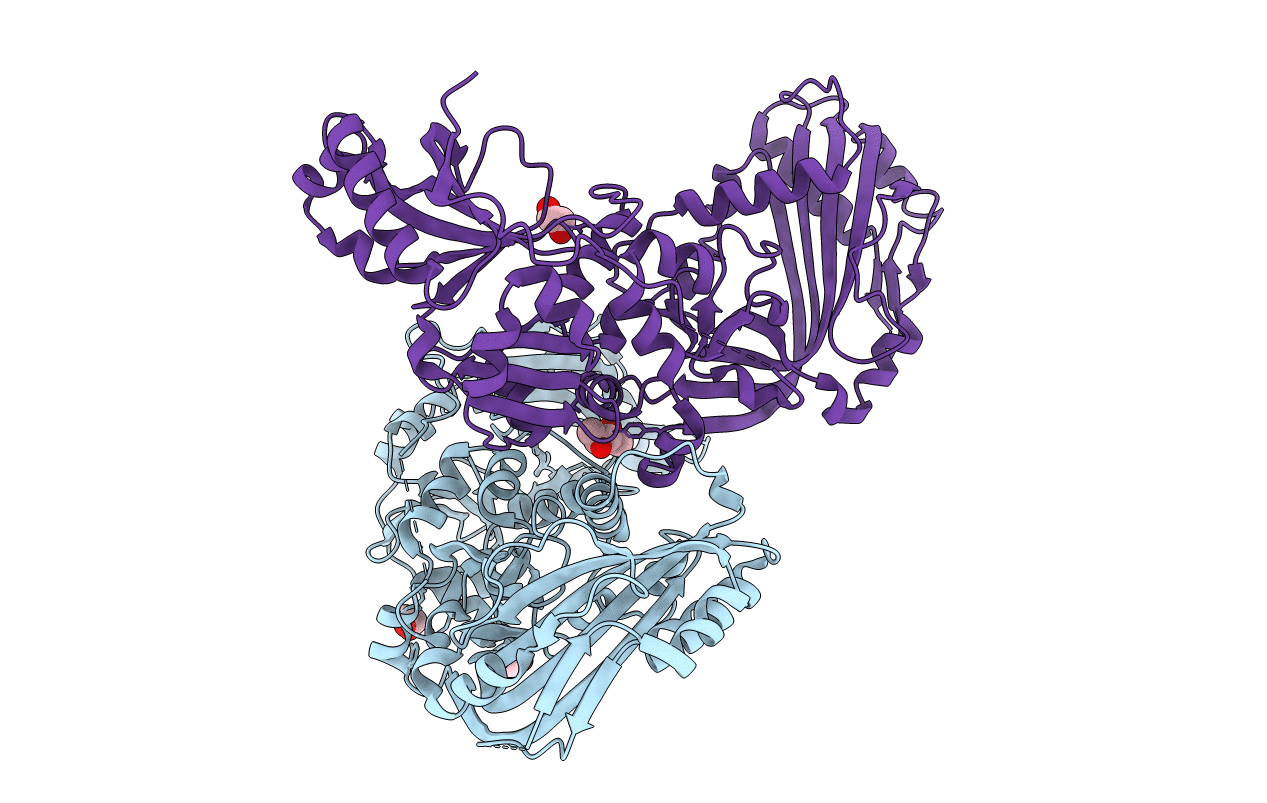
Deposition Date
2009-11-04
Release Date
2009-11-24
Last Version Date
2024-11-06
Entry Detail
PDB ID:
3KK7
Keywords:
Title:
Crystal structure of Putative cell invasion protein with MAC/Perforin domain (NP_812351.1) from BACTERIODES THETAIOTAOMICRON VPI-5482 at 2.46 A resolution
Biological Source:
Source Organism:
Bacteroides thetaiotaomicron VPI-5482 (Taxon ID: 226186)
Host Organism:
Method Details:
Experimental Method:
Resolution:
2.46 Å
R-Value Free:
0.25
R-Value Work:
0.20
R-Value Observed:
0.21
Space Group:
P 21 21 21


